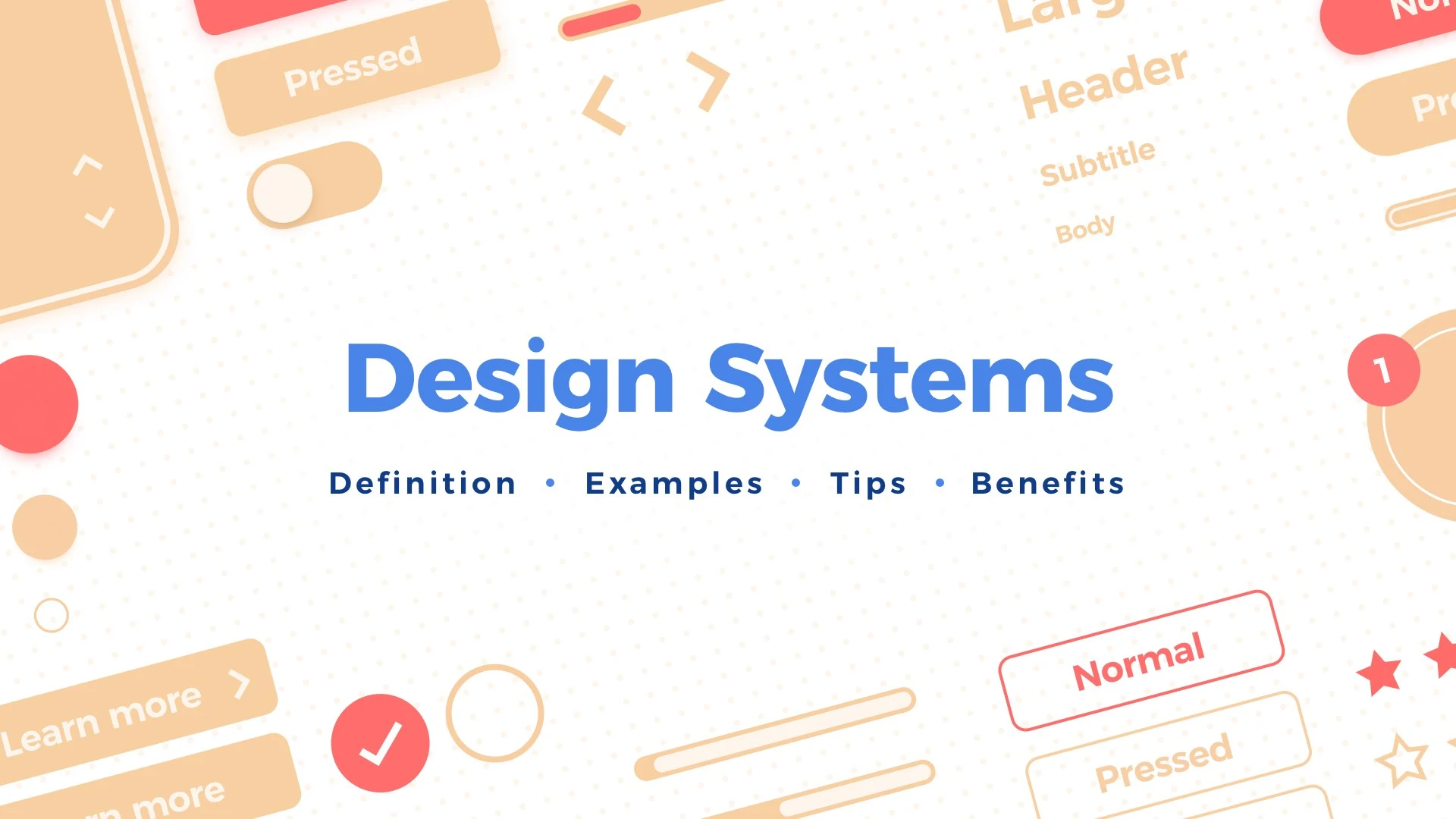What Is a Design System?

Jean Emmanuel Cadet
I specialize in designing, building, and deploying innovative software solutions for businesses.
3 minutes read •

Imagine a design system as a big box of LEGO bricks. These bricks come in different shapes, sizes, and colors, and you use them to build things. In a design system, the "bricks" are the different elements that make up a website or app. These elements include buttons, colors, fonts, and more. Let’s break it down step by step:
Building Blocks (Components)
Components are like your LEGO bricks. They are the reusable pieces you use to build your website or app. Examples of components include:
- Buttons: The parts you click on.
- Text Fields: The boxes where you type in information.
- Cards: Small sections that can hold text, images, and other content.
Blueprints (Guidelines)
Just like you need instructions to build a LEGO set, a design system has guidelines. These tell you how to use the components correctly. Guidelines might include:
- How to use colors: Which colors to use for buttons, backgrounds, and text.
- Typography: Which fonts to use and how big the text should be.
- Spacing: How much space to leave between components.
Colors
Imagine you have a box of crayons. In a design system, colors are carefully chosen and given specific names or codes. For example:
- Primary Color: The main color used the most.
- Secondary Color: Another important color used less frequently.
- Accent Colors: Used to highlight or draw attention to certain parts.
Typography
This is all about the fonts and how the text looks. It includes:
- Font Families: The types of fonts used (like Arial, Times New Roman).
- Font Sizes: How big or small the text is.
- Font Weights: How bold or light the text appears.
Icons
Icons are small pictures or symbols used to represent actions, objects, or concepts. For example, a trash can icon for deleting something, or a magnifying glass for search.
Layouts
Layouts are like the structure of your LEGO creations. They define how components are arranged on a page. This can include:
- Grid Systems: Invisible lines that help place components neatly.
- Breakpoints: Rules for how the layout changes on different screen sizes (like phones, tablets, and desktops).
Animations
Animations are like special effects in a LEGO movie. They make things move smoothly. Examples include:
- Hover Effects: The effect that appears when you move your mouse over a button.
- Transitions: How elements change from one state to another (like a button changing color when clicked).
Documentation
Every design system comes with a set of documents that explain everything in detail. It’s like the instruction manual that comes with a LEGO set, showing you how to build and use each piece.
Why Use a Design System?
- Consistency: Ensures everything looks and works the same way across your website or app.
- Efficiency: Saves time because you don't have to create new designs from scratch.
- Scalability: Makes it easier to add new features or update the design in the future.
Want to See a Real Design System in Action?
If you’re curious to explore how design systems work in the real world, check out:
- Material Design by Google – A comprehensive system used across Android and many Google apps.
- Carbon Design System by IBM – IBM’s open-source design system for building digital products.
- Lightning Design System by Salesforce – Focused on enterprise-level apps and consistency across Salesforce products.
These systems can give you a clearer picture of how everything you’ve just learned is applied at scale.
So, a design system is like having a well-organized box of LEGO bricks, with clear instructions on how to use each piece, ensuring your creations are consistent, efficient, and easy to build and expand!